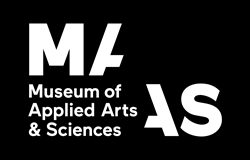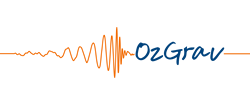When: Tuesday 13th November, 2:00pm – 3:30pm
Where: Theatrette, Level 2 behind the registration/foyer area
Hashtag: #T9
Dr Alison Gould1, Jemma Falkenmire1 and Jessica Van Coppenhagen2
Australian Red Cross Blood Service
1 Sydney Processing Centre, 17 O’Riordan St Alexandria NSW 2015
2 National Office, Level 3, 417 St Kilda Road, Melbourne VIC 3004
From “too sciencey” to “give us more”, this presentation will showcase how science communication can contribute to the strategic goals of a healthcare organisation, using the Australian Red Cross Blood Service (Blood Service) as an example.
The Blood Service provides life-changing products and services to patients and health-care providers throughout Australia. Our work is supported by a multidisciplinary team of research scientists embedded within an organisation of some 3500 staff, many of whom are not scientifically trained.
Scientific Communications was introduced as a dedicated role in our R&D team four years ago. Since then, it has contributed significantly to growing the organisation’s social media following, choosing research directions and translating research outcomes into practice at the Blood Service and beyond.
We showed that our audience has a strong appetite for science when we achieved viral success with a video describing some of our research. Our presentation will describe the anatomy of this success, and how it contributed to our organisation’s overall goals.
Since then, we have found that linking the world of research, media and social media through close collaboration has provided benefits for all of these groups.
Demand for science content, which was initially met with scepticism, has increased to the point where “too much science is barely enough”. From the perspective of our media team, provision of science builds solid relationships with journalists, which in the long-term can facilitate media call outs when we need to call for additional donations.
We will provide specific examples of our collaborative practices and the benefits delivered across our teams, including the ability to capture the attention of mainstream journalists, provide growth for our social media platforms, increase the reach of our research communications, conduct strategically aligned research and attract new collaborators for our researchers.
Session
Case studies: Lessons from the experts
Presenter
Dr Alison Gould, Scientific Communications Specialist, Australian Red Cross Blood Service
